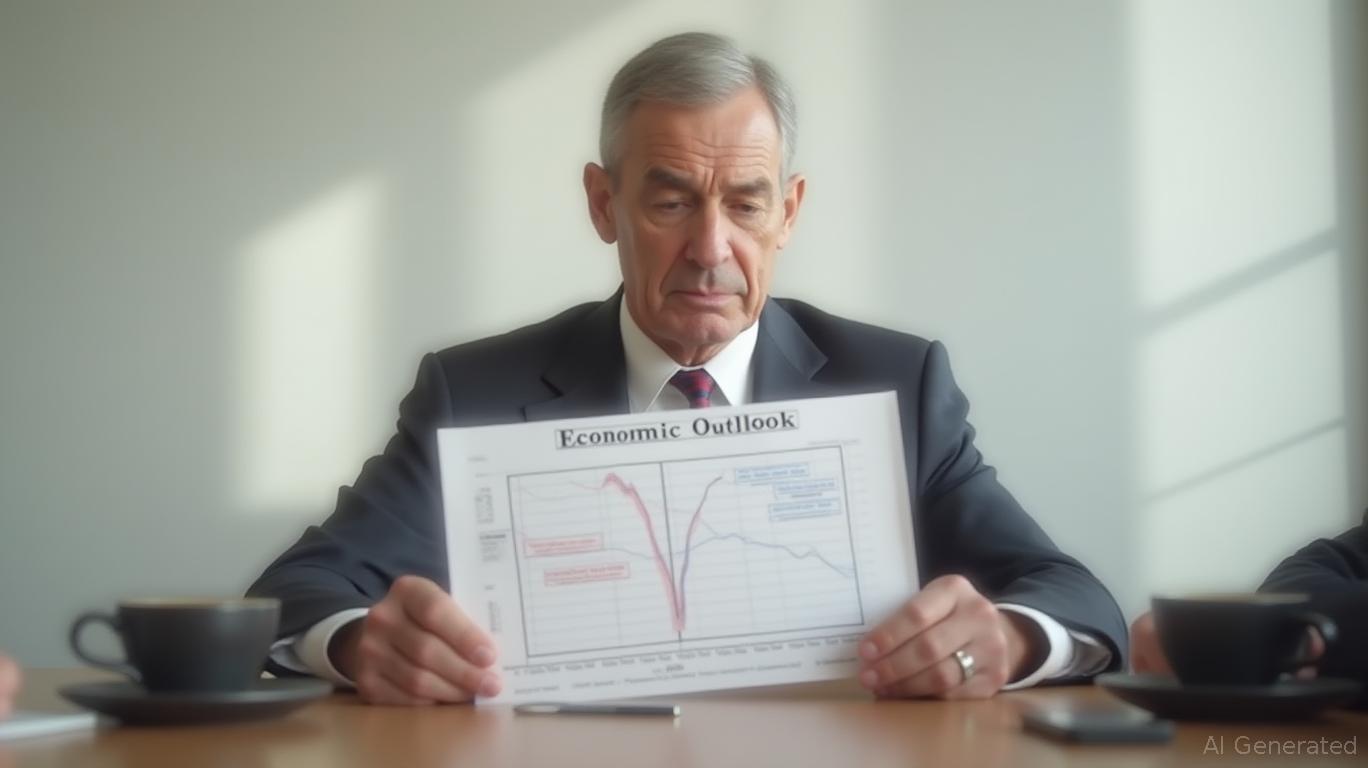Goldman Sachs Revises Core PCE Inflation Forecast: Implications for Markets and Fed Policy
Goldman Sachs has revised its inflation outlook following the hotter-than-expected January Consumer Price Index (CPI) report, adjusting its forecast for core Personal Consumption Expenditures (PCE) inflation. The investment bank now projects a 0.35% month-over-month rise in the core PCE price index, up from its prior estimate of 0.32%. This adjustment raises the year-over-year core PCE inflation rate to 2.64%, a slight increase but still a key signal for the Federal Reserve’s policy trajectory.
This development underscores the ongoing struggle to bring inflation fully under control, even as the broader disinflationary trend remains intact. With the Federal Open Market Committee (FOMC) set to keep interest rates unchanged in its next meeting, the market is reassessing expectations for rate cuts in 2025.
The Importance of the PCE Price Index
The Personal Consumption Expenditures (PCE) price index is the Federal Reserve’s preferred measure of inflation, as it provides a more comprehensive view of consumer spending trends than the CPI. Unlike CPI, which focuses on out-of-pocket expenditures, the PCE index captures broader shifts in consumption patterns, including the substitution effect when consumers shift to cheaper alternatives.
The upcoming release of the January 2025 PCE price index on February 28 will be critical in determining whether inflation is trending toward the Fed’s 2% target or if it remains stubbornly high, potentially delaying expected rate cuts.
As of December 2024, the core PCE price index had risen by 2.8% year-over-year, while the headline PCE inflation stood at 2.6%. While these figures marked a slowdown from the peak inflation levels seen in 2022-2023, the persistence of inflationary pressures in key components such as services and housing remains a concern.
Market Implications of the Revised Forecast
Goldman Sachs’ upward revision of core PCE inflation expectations suggests that inflationary pressures may be stickier than previously thought. This has several implications for financial markets, particularly for fixed income, equities, and the U.S. dollar.
Fixed Income and Federal Reserve Policy
- Rate Cut Expectations Shift Further Out: The market has already been adjusting to the idea that rate cuts will not happen as early or as aggressively as initially anticipated. As recently as late 2024, markets were pricing in multiple rate cuts for 2025, with the first expected as early as June. However, with inflation proving more resilient, expectations have shifted toward a single cut later in the year, possibly in September or beyond.
- Treasury Yields Could Stay Elevated: The 10-year Treasury yield spiked following the CPI report, reflecting the market’s reassessment of the inflation trajectory. Higher-than-expected PCE inflation data could further push yields upward, making borrowing more expensive for both businesses and consumers.
Equity Markets: A Tougher Landscape for Growth Stocks
- Tech and Growth Stocks Could Face Headwinds: Higher yields tend to weigh on high-growth sectors, particularly technology and consumer discretionary stocks, which rely on low-interest-rate environments for valuation support. The recent rally in megacap tech stocks could face resistance if inflation remains elevated and rate cuts are delayed.
- Consumer Staples and Defensive Stocks May Outperform: If inflation remains sticky and economic growth slows, investors may rotate into more defensive sectors such as consumer staples, utilities, and healthcare. These industries typically exhibit greater resilience in periods of economic uncertainty.
U.S. Dollar Strength and Global Currency Impacts
- Dollar May Remain Strong: A delayed Fed rate cut means the interest rate differential between the U.S. and other major economies could widen, supporting the U.S. dollar. A strong dollar could weigh on multinational corporations with significant overseas revenues, particularly in sectors like technology and industrials.
- Emerging Markets at Risk: Emerging market economies, which often rely on dollar-denominated debt, could face tighter financial conditions if the Fed keeps rates elevated for longer. This could lead to capital outflows from emerging markets, putting pressure on their currencies and bond markets.
Key Economic Indicators to Watch
As the market digests Goldman Sachs’ revised PCE inflation forecast, the following economic data points will be crucial in shaping future Fed policy expectations:
1. January PCE Price Index (February 28, 2025): This will provide the first official reading of inflation for 2025, confirming whether Goldman’s upward revision was justified.
2. February CPI Report (March 2025): A further acceleration in inflation could push expectations for rate cuts even further out. Conversely, a cooling CPI print could restore some confidence in the Fed’s ability to cut rates later in the year.
3. Fed Meeting and Powell’s Commentary (March 2025): The Fed’s tone regarding inflation, labor market conditions, and financial stability will be closely scrutinized.
4. Labor Market Data: Employment figures, wage growth, and job openings will influence inflation expectations. A still-strong labor market could keep inflation pressures elevated, complicating the Fed’s policy path.
Conclusion
Goldman Sachs’ decision to revise its core PCE inflation forecast higher is a signal that inflation remains a persistent concern, even as it continues to trend lower from post-pandemic highs. While the revision is not dramatic, it reflects broader market sentiment that inflationary pressures may not dissipate as quickly as previously hoped.
For investors, the key takeaway is that the Federal Reserve is likely to maintain a cautious stance, keeping rates higher for longer. This environment favors defensive equity positioning, continued strength in the U.S. dollar, and elevated Treasury yields. While the market still expects at least one rate cut in 2025, the timeline for monetary easing remains uncertain, dependent on the trajectory of inflation in the coming months.
As the January PCE report approaches, market participants should brace for volatility and be prepared to adjust expectations based on incoming data. The path to 2% inflation is proving to be slower than anticipated, and both policymakers and investors will need to navigate an increasingly complex economic landscape.

_b905d9341749265671656.jpg)








Weeks ago I started my trading journey with $1000 and didn’t have much experience. After few days of consistent work and following the recommendations of Elizabeth Towles on Whatsapp +1563 279-8487,I managed to grow my account to $8850